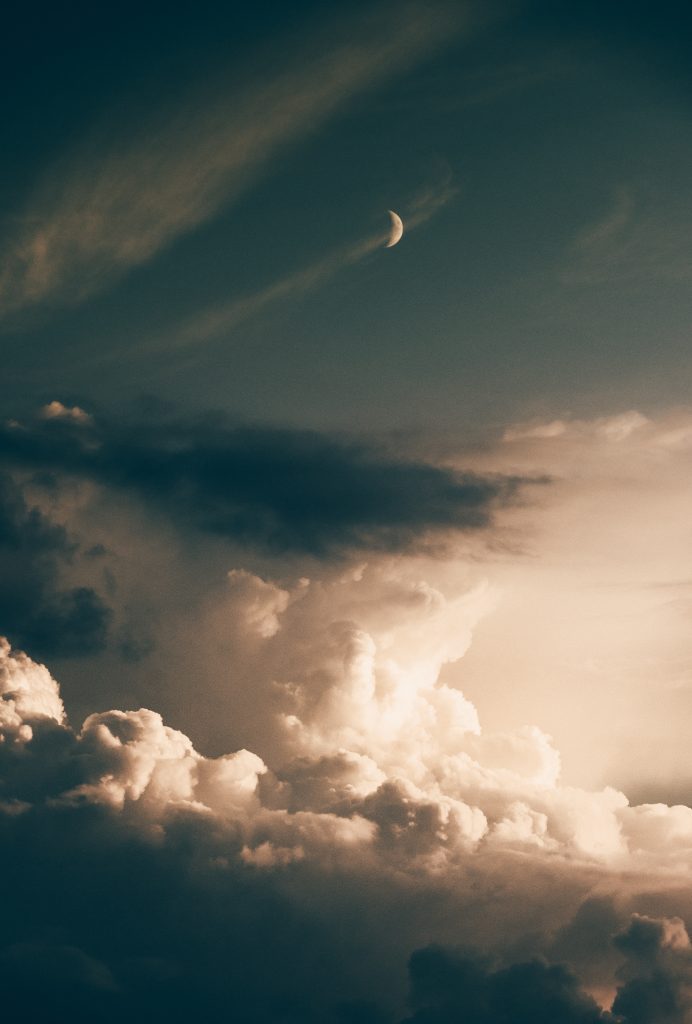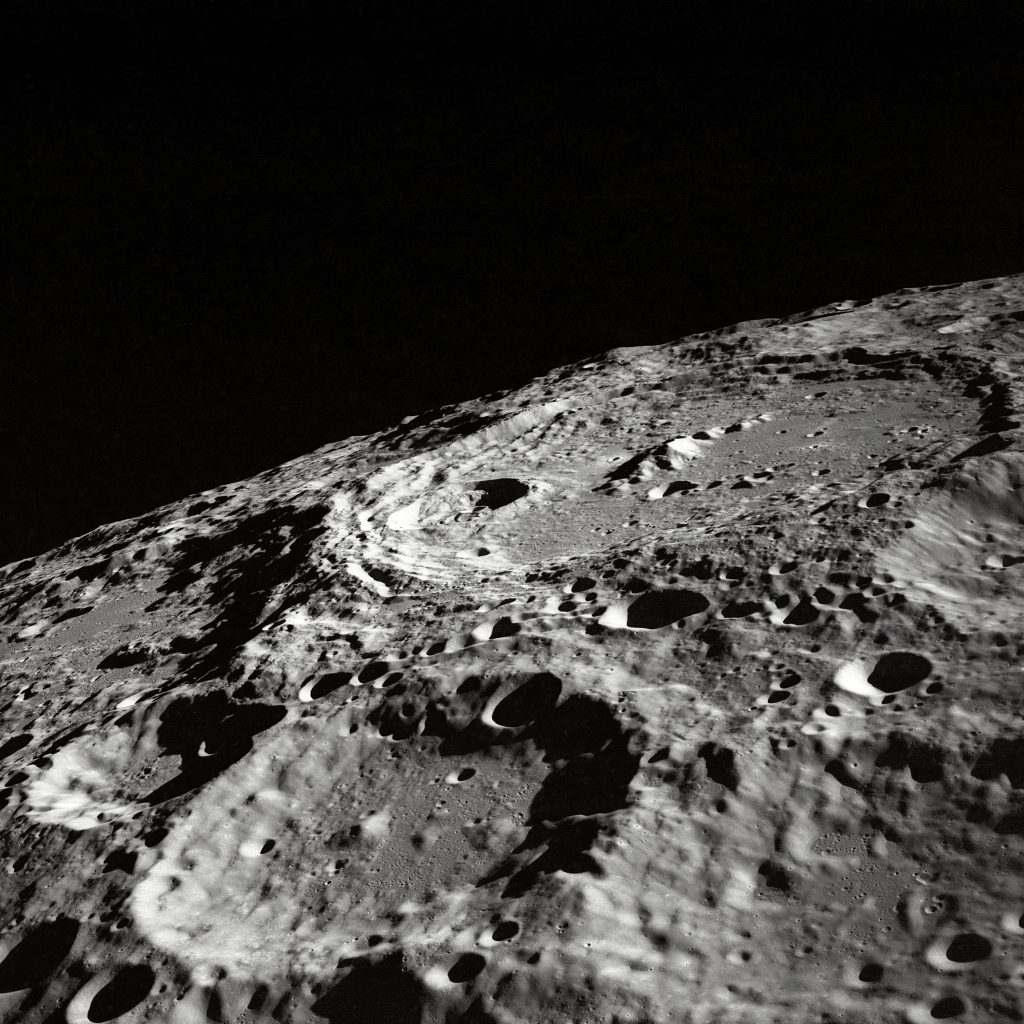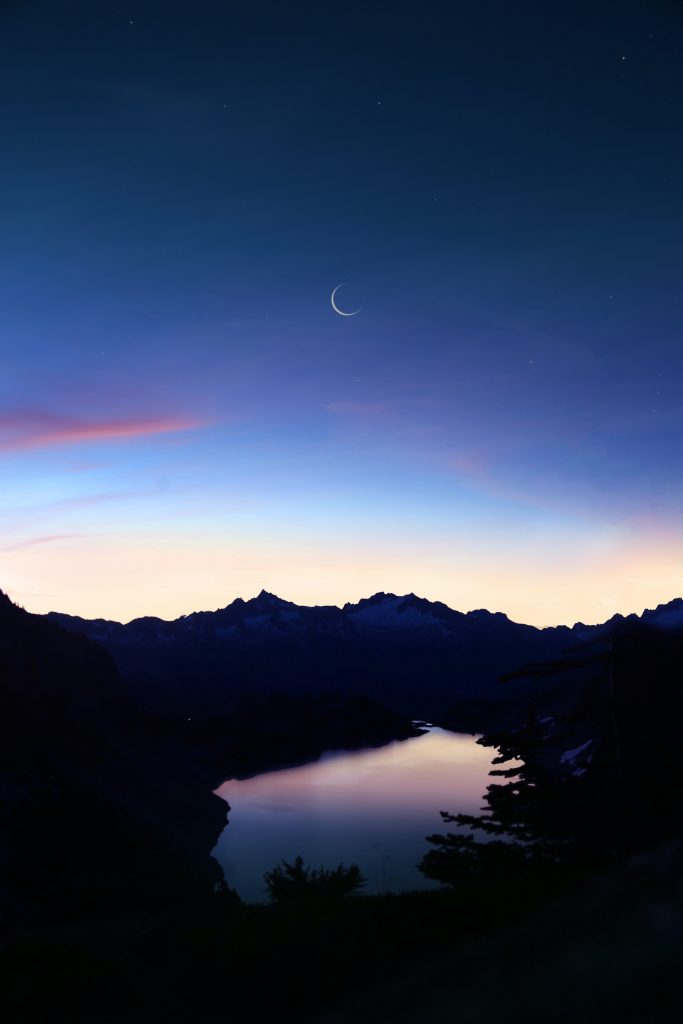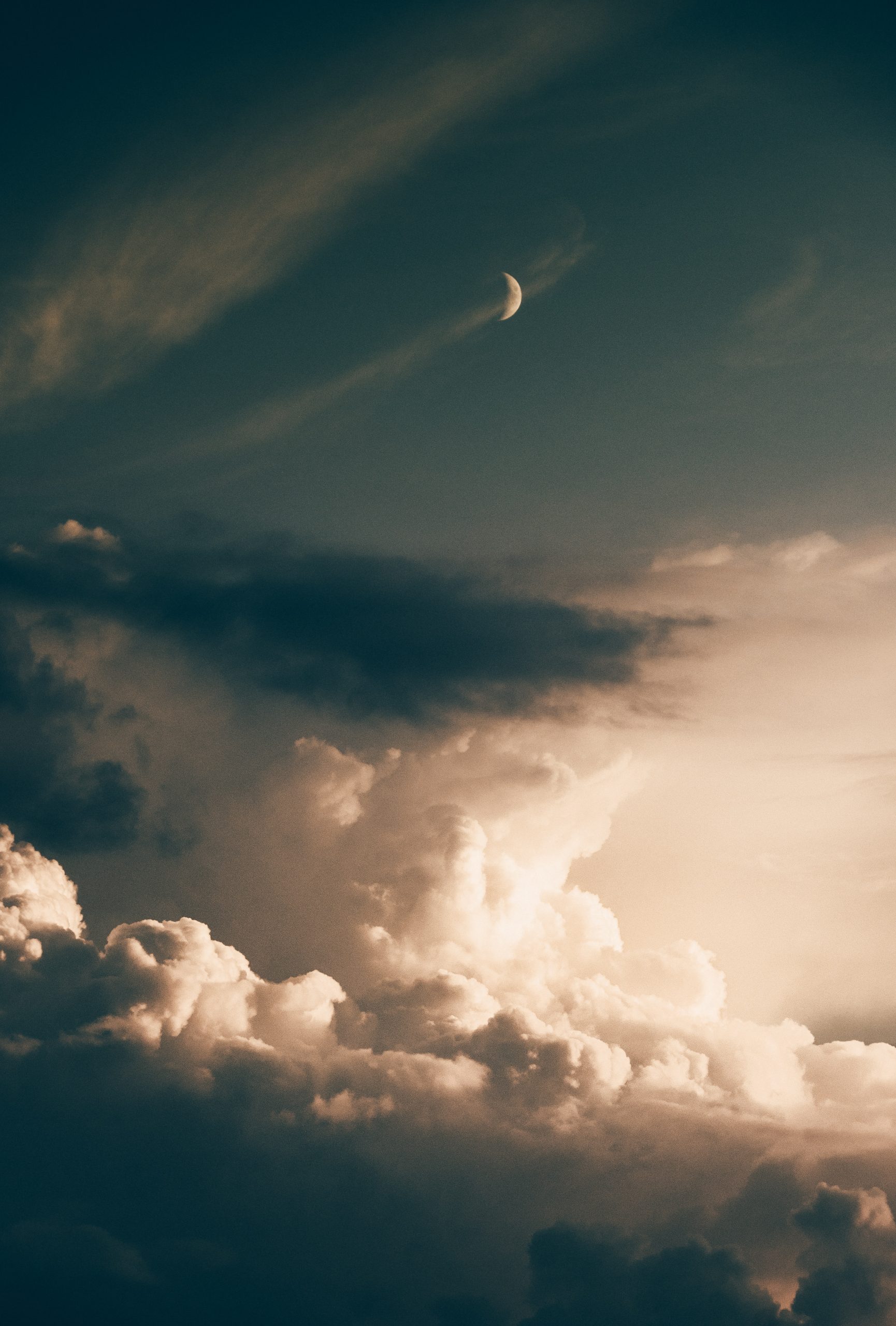So, you’re interested in observing the moon with a telescope? Great choice! It’s a fascinating experience that allows you to discover the celestial wonders up close. To start your lunar adventure, there are a few simple steps you can follow.
First, make sure your telescope is properly set up and aligned. Position it in a stable location, preferably outdoors, and aim it towards the moon. Adjust the focus until you achieve a clear image. Next, take your time to explore the moon’s surface features. With your telescope, you’ll be able to spot craters, mountains, and even the lunar seas. Pay attention to the lighting conditions, as they can unveil different details on the moon’s surface. Finally, don’t forget to take notes or capture images of your observations. It’s a great way to track your progress and share your discoveries with others. Enjoy your lunar journey and have fun exploring the moon with your telescope!
Choosing the Right Telescope
Choosing the right telescope is crucial when it comes to observing the moon. There are a few key factors to consider before making your purchase.
Consider the Aperture
The aperture refers to the diameter of the telescope’s main lens or mirror. It determines how much light the telescope can gather and, ultimately, affects the image quality. When observing the moon, a larger aperture will provide a more detailed and clear view. It is recommended to choose a telescope with an aperture of at least 6 inches for observing the moon.
Determine the Focal Length
The focal length of a telescope is another important specification to consider. It determines the magnification power of the telescope and how close you can view the moon. For moon observation, a telescope with a longer focal length is preferable as it allows for higher magnification. However, keep in mind that a longer focal length may also result in a smaller field of view.
Evaluate Mounting Options
When selecting a telescope, it is essential to consider the mounting options available. The two primary mounting options are an altazimuth mount and an equatorial mount. An altazimuth mount is easier to use and more intuitive, making it suitable for beginners. On the other hand, an equatorial mount allows for easy tracking of celestial objects, including the moon, and is ideal for those interested in astrophotography.
Understanding Moon Phases
Before diving into moon observation, it is helpful to have a basic understanding of moon phases and how they occur.
Learn about the Lunar Cycle
The lunar cycle refers to the sequence of changes in the appearance of the moon as it orbits around the Earth. It takes approximately 29.5 days for the moon to complete one cycle. Understanding the lunar cycle allows you to better predict and plan your observations based on the phase of the moon.
Identify the Different Phases
There are eight distinct phases of the moon: New Moon, Waxing Crescent, First Quarter, Waxing Gibbous, Full Moon, Waning Gibbous, Third Quarter, and Waning Crescent. Each phase represents a different amount of illumination and visibility of the moon. By familiarizing yourself with these phases, you can anticipate what to expect during your observations.

Preparing for Observation
Proper preparation is essential for a successful moon observation session. Here are a few important steps to take before venturing out.
Check the Weather Conditions
Before heading out to observe the moon, it is crucial to check the weather conditions. Clear skies are essential for a good viewing experience. Avoid observing during cloudy or hazy nights, as it will hinder your view and make it difficult to see the moon’s details.
Pick an Optimal Viewing Location
Choosing the right location plays a significant role in the quality of your observations. Ideally, find a location away from city lights and light pollution, as this can greatly impact visibility. Additionally, ensure that you have a clear line of sight to the moon, free from any obstructions such as buildings or trees.
Set Up Your Telescope Properly
Properly setting up your telescope is crucial for obtaining clear and focused views of the moon. Ensure that the tripod or mount is stable and level. Align the telescope with the moon using the finder scope. Double-check the focus and adjust as needed. Taking the time to set up your telescope properly will greatly enhance your observation experience.
Using Telescope Accessories
To further enhance your moon observation experience, consider utilizing various telescope accessories. Here are a few accessories that can greatly improve your view of the moon.
Install a Moon Filter
A moon filter is a useful accessory that helps reduce the moon’s brightness, making it easier to observe details on the lunar surface. It works by dimming the moon’s light, allowing you to see subtle features such as craters and lunar landscapes more clearly. Installing a moon filter can greatly enhance your observation experience and provide better contrast.
Use a Barlow Lens
A Barlow lens is an optical accessory that increases the magnification of your telescope. It works by extending the focal length, allowing you to achieve higher magnification without sacrificing image quality. Utilizing a Barlow lens can provide a closer and more detailed view of the moon’s surface, enhancing your observation experience.
Employ an Eyepiece
An eyepiece is an essential accessory for any telescope. It determines the magnification and field of view. Different eyepieces offer different magnification levels, and it is recommended to have a few options on hand to suit various observation needs. Experimenting with different eyepieces will allow you to find the perfect balance of magnification and detail for moon observation.

Adjusting Telescope Settings
To ensure optimal viewing and tracking of the moon, it is important to adjust specific telescope settings properly.
Align the Finder Scope
The finder scope is a small telescope mounted on top of the main telescope. It helps you locate celestial objects, including the moon. Aligning the finder scope with your main telescope is crucial for accurately pointing your telescope towards the moon. Take the time to align the finder scope before each observation session to ensure a precise and accurate view.
Calibrate the Focus
Achieving proper focus is essential for obtaining clear and detailed views of the moon. Calibrate the focus of your telescope by using a bright star or a distant object during the day. Adjust the focus knob until the moon appears sharp and well-defined. It may take a few adjustments to achieve optimal focus, but once calibrated, you will be rewarded with crystal-clear views.
Modify the Tracking
As the moon moves across the sky, it is necessary to adjust the telescope’s tracking to keep it centered in the field of view. Refer to your telescope’s manual to understand how to modify the tracking based on the specific model you have. Proper tracking adjustment ensures that the moon remains in view without drifting out of sight, allowing for longer and more immersive observation sessions.
Observing Techniques
Employing the right observing techniques is key to fully appreciate the moon’s beauty and explore its various features.
Start with Low Magnification
When beginning your moon observation session, start with low magnification. This allows you to capture a broader view of the moon and get a sense of its overall features and topography. Starting with low magnification also helps you locate specific areas of interest for further exploration.
Focus on Craters and Moon’s Surface
The moon’s surface is adorned with countless craters, each with its own unique characteristics. Spend some time focusing on these craters and observing their shapes, sizes, and intricate details. You may be able to spot the central peaks or wall terraces within the craters, providing fascinating insights into the moon’s geological history.
Explore Lunar Features
In addition to craters, the moon is also home to other noteworthy features such as mountain ranges, maria (dark patches), and rilles (narrow channels). Take the time to explore these features and appreciate the moon’s diverse landscapes. By observing and studying these features, you can gain a deeper understanding of the moon’s formation and geological evolution.

Recording Lunar Observations
Recording your lunar observations allows for continued learning and serves as a record of your astronomical journey. Here are a few methods to document your observations.
Take Lunar Photography
Capturing photographs of the moon is an excellent way to document your observations and share them with others. Many modern telescopes come with smartphone adapters or dedicated cameras that make it easy to photograph the moon. Experiment with different settings and techniques to capture the moon’s beauty in all its glory.
Make Sketches or Drawings
For those who prefer a more artistic approach, making sketches or drawings of the moon can be a rewarding way to document observations. It allows you to capture finer details and nuances that may be difficult to capture through photography alone. It also encourages close observation and enhances your understanding of lunar features.
Maintain a Lunar Journal
Keeping a lunar journal is a great way to chronicle your observations, record important details, and track your progress over time. Include information such as date, time, lunar phase, observing conditions, and any notable features or observations. Maintaining a lunar journal helps you develop a deeper connection with the moon and serves as a valuable resource for future reference.
Best Time for Moon Observation
To make the most of your moon observation sessions, it is crucial to consider the best time for observing.
Choose the Correct Time of Month
The best time for moon observation is during the first quarter and last quarter phases. These phases provide a good balance of illuminated and shadowed areas, accentuating the moon’s features and making them more prominent. The full moon phase, while visually striking, can be too bright and may wash out some details.
Consider the Time of Night
Moon observation is best conducted on clear, moonlit nights. Plan your observation sessions during the early evening or late at night when the moon is higher in the sky, ensuring a clearer and less obstructed view. Avoid observing when the moon is low on the horizon, as atmospheric distortion can hinder visibility.
Account for Moon Visibility
Moon visibility is affected by factors such as the moon’s position in its orbit and the observer’s geographical location. Research the moon’s visibility calendar or consult astronomical websites and apps to determine when the moon will be visible in your area. This ensures that your observation sessions coincide with optimal moon visibility.
Moon Observation Tips
To make your moon observation experience even more enjoyable and rewarding, consider the following tips.
Allow for Your Eyes to Adjust
When observing the moon, especially in lower light conditions, allow your eyes to adjust to the darkness. It takes time for your eyes to adapt to low light levels, and rushing the process may diminish your ability to see subtle lunar details. Be patient and give yourself time to fully appreciate the moon’s beauty.
Avoid Light Pollution
Light pollution from surrounding cities or urban areas can greatly impact the visibility of celestial objects, including the moon. Whenever possible, choose a viewing location away from artificial lights to maximize your observing experience. Darker skies allow for better contrast and detail, enabling you to observe the moon in all its glory.
Patience and Persistence
Moon observation requires patience and persistence. Not every night will offer perfect viewing conditions or optimal visibility. However, by maintaining a regular observation schedule and persevering through less ideal conditions, you increase your chances of capturing breathtaking lunar views and discovering new lunar features.
Joining Astronomy Communities
To enhance your moon observation journey, consider joining astronomy communities and connecting with fellow enthusiasts.
Participate in Online Forums
Online astronomy forums provide a platform to connect with like-minded individuals, ask questions, seek advice, and share your observations. Engaging with an online community can expose you to new techniques, resources, and opportunities for growth in your moon observing skills.
Attend Stargazing Events
Local stargazing events or astronomy club gatherings offer an excellent opportunity to observe the moon in the company of seasoned astronomers. These events often provide access to telescopes and knowledgeable experts who can guide you in your lunar observations. Additionally, interacting with fellow enthusiasts can be inspiring and foster a sense of camaraderie.
Join an Astronomy Club
Consider joining an astronomy club to further immerse yourself in the world of moon observation and astronomy. Astronomy clubs offer a range of benefits, including access to club-owned telescopes, lectures by guest speakers, workshops, and group observation sessions. Being part of a club provides a supportive and educational environment to nurture your passion for astronomy.
In conclusion, observing the moon with a telescope can be a thrilling and rewarding experience. By choosing the right telescope, understanding moon phases, preparing properly, utilizing telescope accessories, adjusting the telescope settings, employing effective observation techniques, recording your observations, considering the best time for observation, following helpful tips, and connecting with astronomy communities, you can fully immerse yourself in the wonders of the lunar landscape. Embrace the beauty of the moon and embark on your journey as a lunar observer. Happy observing!











